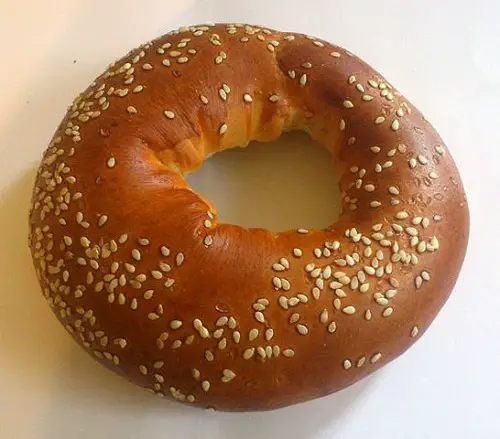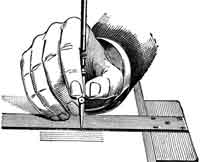
Why Does Bread Rise?
Bread rises due to specialized chemical reactions from various ingredients in the bread dough. Specifically, bread uses yeast to rise, but other baked products use other various things to get a similar rise: cookies, pancakes, cupcakes, and regular cakes use various combinations of baking powder, baking soda and eggs (the yolk has rising effects).
Yeast in bread, however, is the only ingredient needed. Yeast is actually a dehydrated organism. Weirdly enough, a yeast is a unicellular eukaryotic (meaning with a nucleus, as opposed to bacteria which are prokaryotic, without a nucleus) microorganism in the class of Fungi. It can actually become multicellular through specialized hyphae or even into various molds. Yes, the yeast you put into your bread is not only related to mold, it is mold. For bread, the species of yeast used is Saccharomyces cerevisiae, which is also the same yeast that is used to brew beer. It is the most common yeast used, and other yeasts are very rarely, if ever, used in the food making process.
When mixed with sugars or other carbohydrates (from the wort in beer-brewing), the yeast will begin to ferment the sugar, releasing carbon dioxide (and small amounts of ethanol), which produces bubbles. In bread, this creates the light fluffiness of the dough. But there is a fine level of rising that needs to be done: too much and the bread is far too airy and light, too little and the bread can be very firm and stiff. When placed in the oven, the heat helps the yeast ferment even faster, but then they are quickly killed as the dry heat becomes too much for them. Before they die, however, the yeast are put into an extremely agitated state, producing lots of carbon dioxide very quickly, which causes the bread to rise in the oven, becoming the perfect consistency of bread and air.












Leave a Reply